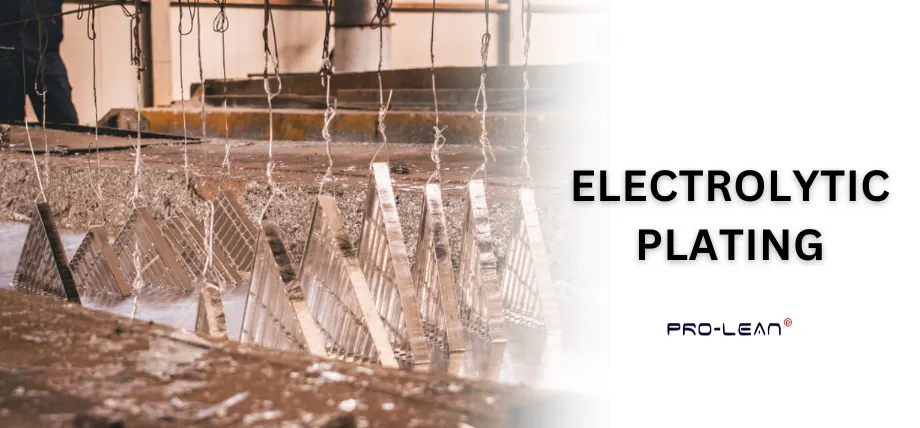
Electrolytic plating
Metal plating has always remained an important step in part manufacturing. It can enhance the properties of substrates through the application of a metal coating.
There are many types of coating methods, some that can be sprayed, others that require dipping in a molten solution, but electrolytic plating and electroless plating offer some distinct coating applications.
In this article, you’ll learn about the difference between electroless plating and electrolytic plating. Learn about nickel plating and industrial use cases of this plating process.
What Is Electrolytic Plating?
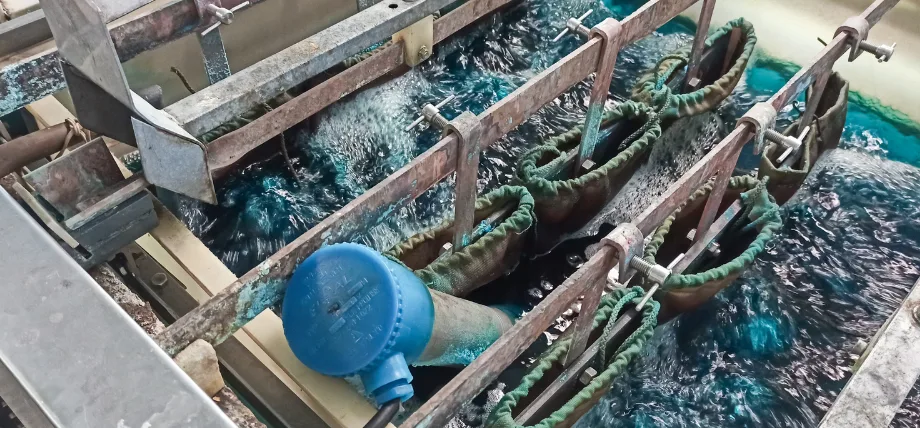
Electroplating tanks
Electrolytic plating is more commonly called electroplating and is a metal finishing process that uses an electric current to deposit a metal layer onto another material, which is made of a conductive substrate or can conduct electricity through another coating like graphite.
Mechanism of Electrolytic Plating
The material or substrate to be coated is made the cathode, and a metal anode is used on the other side. Both are submerged in an electrolyte bath containing metal ions. The electric current passing through the solution causes reduction of metal ions forming a coating on the cathode.
Common metals for electroplating include nickel, copper, gold, and chrome. These metals are used to plate surfaces, enhancing properties like corrosion resistance and electrical conductivity of substrate materials.
Advantages of Electrolytic Plating
The main reason electrolytic plating is used is to control the coating thickness using current intensity and duration. It is one of the quickest methods to coat metals with fast deposition and cost-effectiveness for tiny parts with large volumes.
The electroplating process often uses sulfamate nickel or bright nickel, which has some benefits in improving the visual appeal of the metal layer.
What Is Electroless Plating?
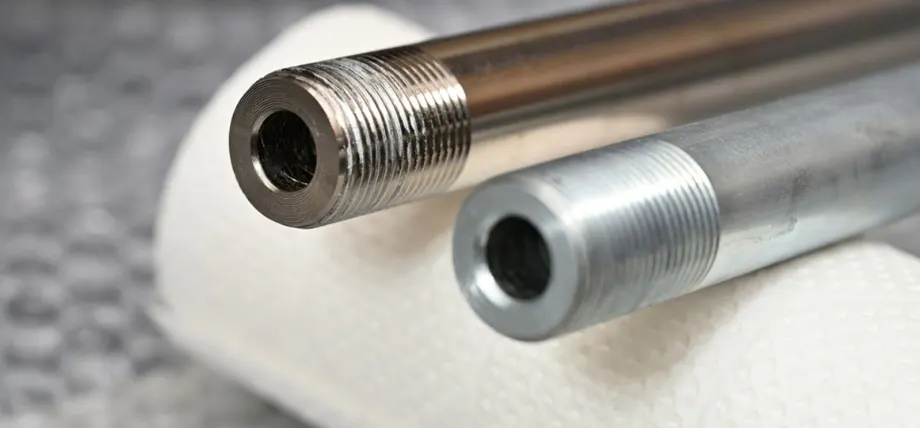
Electroless plated rods
Electroless plating is also called autocatalytic plating. It deposits a metal coating through a chemical reaction, which does not require an electric current.
Mechanism of Electroless Plating
A plating solution that contains metal ions and a reducing agent triggers an autocatalytic process, depositing metal on a substrate.
Nickel is the most common metal used in electroless plating with phosphorus. Electroless nickel plating is comparable to stainless steel because it offers corrosion resistance and wear resistance.
Advantages of Electroless Plating
Electroless plating provides a uniform coating on intricate geometries. Another advantage is the possibility to plate non-conductive substrates like ceramics.
Electroless nickel plating is ideal for highly corrosive environments but it is expensive due to the cost of the coating solution.
Summary of Differences Between Electroless Plating and Electrolytic Plating
| Electrolytic Process | Electroless Plating | |
| Power Source | Electrical current with electrolytic bath, anode, and cathode substrate | Autocalyctic chemical reaction without electricity |
| Substrate | Conductive substrates only like metals | Can coat conductive and non-conductive substrates |
| Coating Uniformity | Uneven on complex geometries | Uniform |
| Deposition speed | Electrolytic: 15-50 µm/hour (varies by metal) | 10-25 µm/hour |
| Cost | Low base cost but requires post processing | High due to complex plating solution |
| Metal options | Wide range of coating metals from nickel to gold and tin | Nickel and some alloys and composites (Ni-P, Ni-B, Cu, Ag, Pd) |
| Applications | Decorative finishes, electrical conductivity improvement | Corrosion resistance |
What Is Electrolytic Nickel Plating?
Electrolytic nickel plating is an electroplating process in which a layer of nickel is deposited onto a substrate.
The process is almost identical to any electroplating process, with changes to the electrolyte solution. In nickel electrolytic plating, nickel salts like sulfamate nickel are used in the electrolyte solution to produce a durable and corrosion-resistant coating.
The reason sulfamate nickel is used is for its ductility and low-stress nickel coatings. Electrolytic nickel coating is common in the automotive and electronics industries. This method ensures conductivity and wear resistance, and often, copper plating as an intermediate coating enhances adhesion.
Try Prolean Now!
Applications of Electrolytic Plating
Electrolytic plating is an extremely versatile coating method, mainly because of the choice of metals available and the control over coating thickness.
Automotive Industry
Electrolytic nickel and chrome plating are widely used to plate automotive components to enhance durability, corrosion resistance, and aesthetic appeal. Bright nickel coatings are done on car bumpers and trims for aesthetic appeal and protection against any abrasion and corrosion.
Electronics
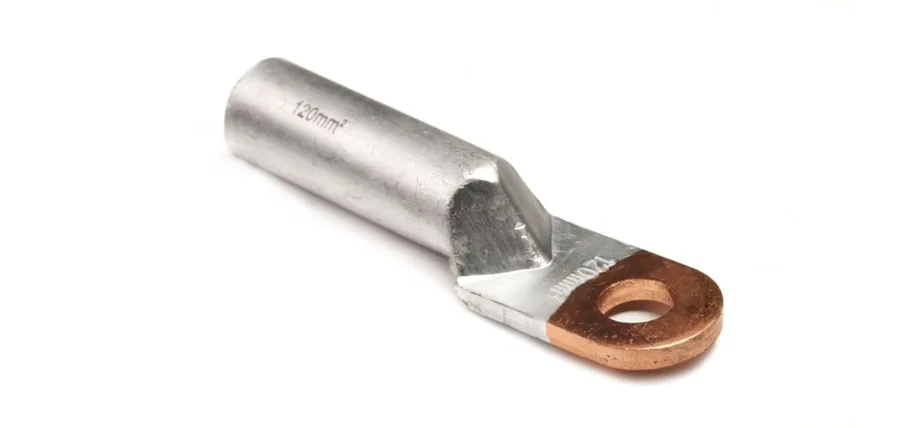
Electrical connector
Copper plating is crucial in the electronics industry. Many ferrous and steel components lack the conductivity of copper, and the compromise between conductivity and strength can be addressed using electrolytic plating of connectors and terminals.
Gold plating is applied to connectors in crucial electronics for superior conductivity and chemical inertness, ensuring long-term reliability.
Industrial Machinery
Nickel electroplating and tin plating can coat tools and machinery parts for wear resistance and extend the service life. These coatings protect base materials from external corrosive materials.
Decorative Applications
One of the most popular uses of electrolytic plating is in decorative applications with bright nickel and chrome plating done on jewelry, lamps, decorations, artifacts for aesthetic appeal and corrosion-resistant metal layer.
Try Prolean Now!
Advantages of Electroless Nickel Plating
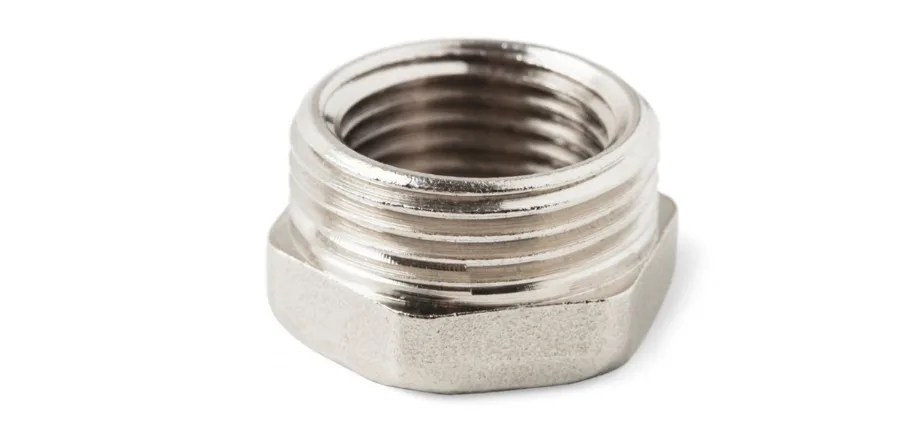
Bright nickel plated
Electroless nickel plating offers many benefits for manufacturing parts.
- Uniform coating: Ensures consistent deposition.
- Non-conductive Substrates: Plates non-conductive materials like plastics
- Corrosion Resistance: High-phosphorus nickel coatings are effective in highly corrosive environments.
- Wear Resistance: Nickel plating also increases wear resistance against friction and abrasions.
Disadvantages of Electroless Nickel Plating
- Higher Costs: Complex plating solutions increase the cost of plating parts
- Slow Deposition: Autocatalytic reactions are slower than electroplating
- Limited Material: Primarily only used for nickel-based coatings
When To Use Electrolytic Plating?
Electrolytic plating is suitable for many industries and projects. You can use electrolytic plating when
- You have conductive substrates. This allows for quick and efficient deposition
- Decorative finishes are desired. Bright nickel and gold plating finishes can be electroplated.
- High-Volume Production demands a fast and cost-effective solution in plating.
- When there are specific metals like chrome or copper.
Applications of electroplating include automotive parts, electronic components and connectors and tools where these coatings can enhance conductivity, durability and appeal.
Conclusion
Electrolytic and electroless plating are important metal finishing techniques for specific engineering needs. Electrolytic plating is ideal for applications that need fast, cost-effective deposition on conductive substrates.
Electroless plating, specifically electroless nickel plating, has the ability to coat non-conductive surfaces for highly corrosive environments.
Surface Finishing Services at Prolean-Tech
Prolean-Tech provides high-quality surface finishing treatments including electroplating, electroless plating, and anodizing surfaces.
Use professional services to control the thickness of coatings in crucial fittings and never run into part assembly issues. Reach out today!
FAQ
What is the electrolytic plating method?
The electrolytic plating method requires electrical current to deposit metal coating on a conductive part to improve corrosion resistance and conductivity.
What is electrolyte plating?
Electrolyte plating is also called electrolytic plating and deposits a metal layer with an electrolytic solution that has metal ions dispersed for coatings.
What is electrolytic coating?
Electrolytic coating is applying metal coat or layer on another substrate using electroplating
How does electroplating work?
Electroplating works by placing a cathode connection with the part to be coated and a metal anode from where the coating metal is to be removed in an electrolyte solution, where an electrical current deposits metal ions onto a substrate.
Is electroplating an electrolytic cell?
Electroplating uses an electrolytic cell for metal ion deposition onto a cathode of the conductive part.
Can you electroplate 3D parts?
You can electroplate 3D parts that have conductive properties. Metal 3D printed parts can be electroplated and plastic parts are generally electroless plated.
What is ENP coating?
ENP coating is also called electroless nickel plating and is a process that deposits a nickel layer offering corrosion and wear resistance for plastic and non-conductive surfaces.

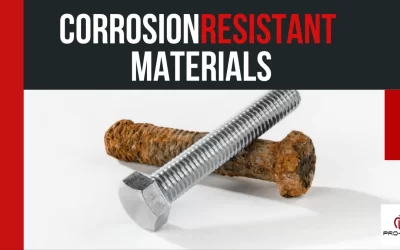
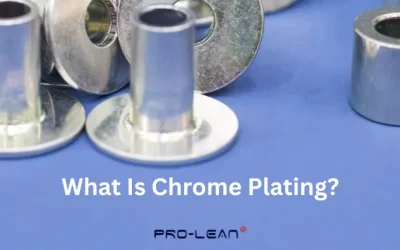

0 Comments